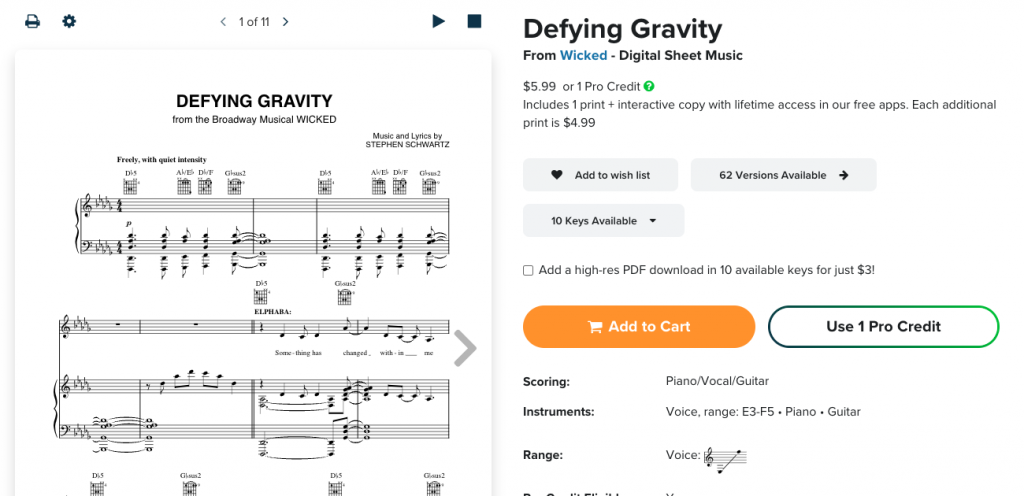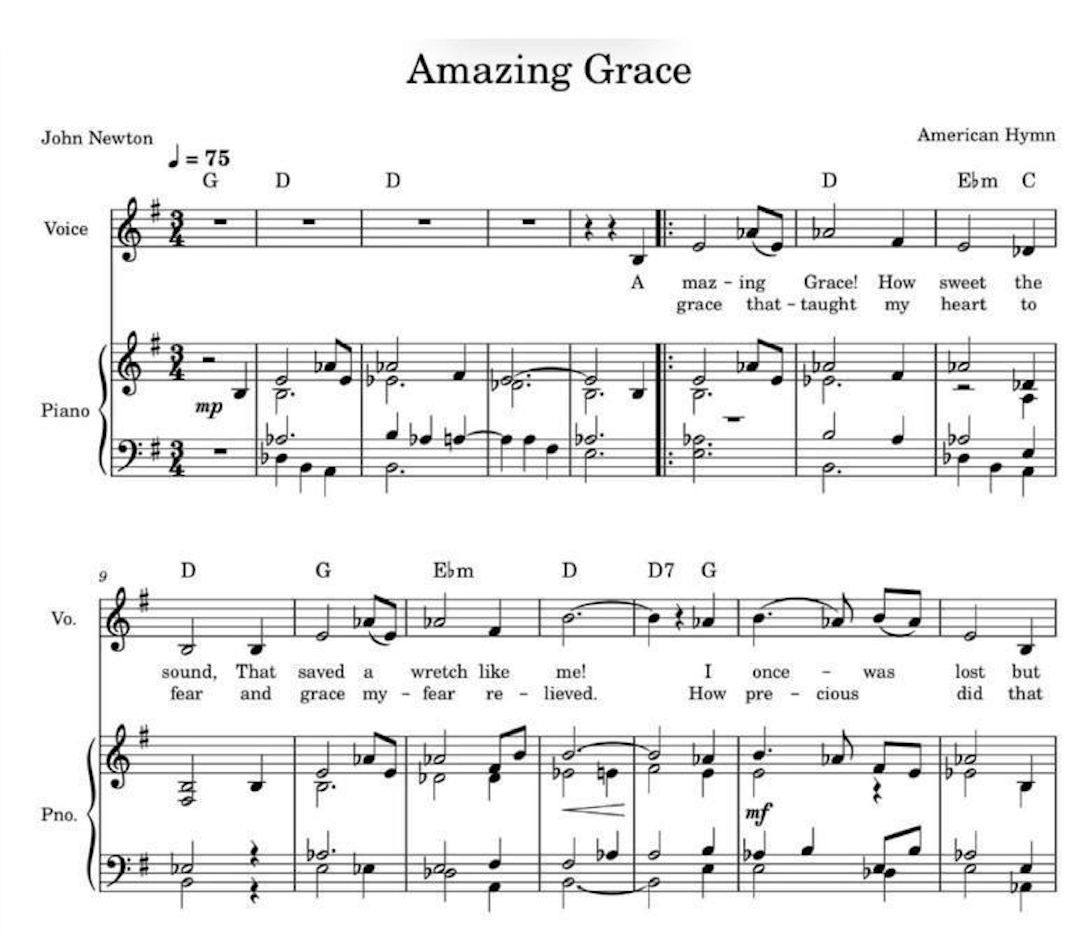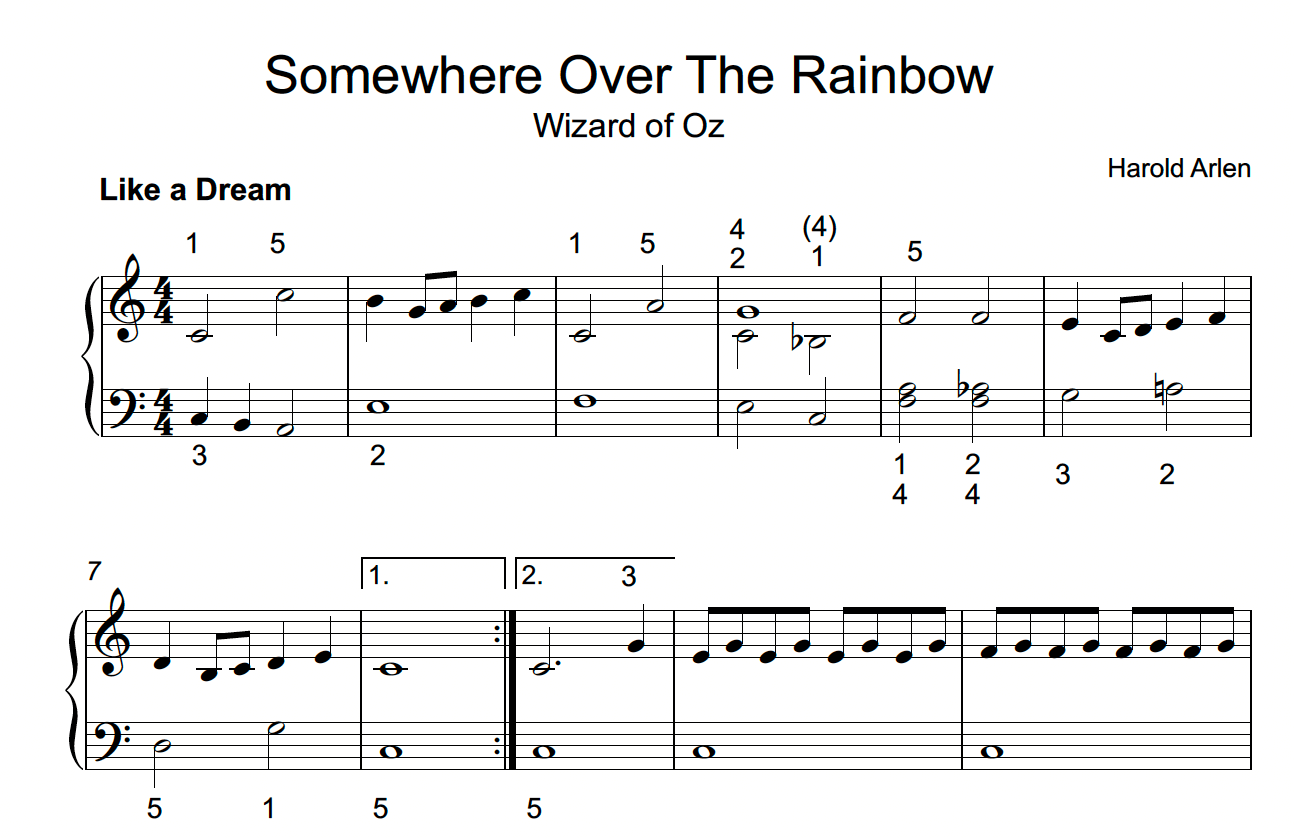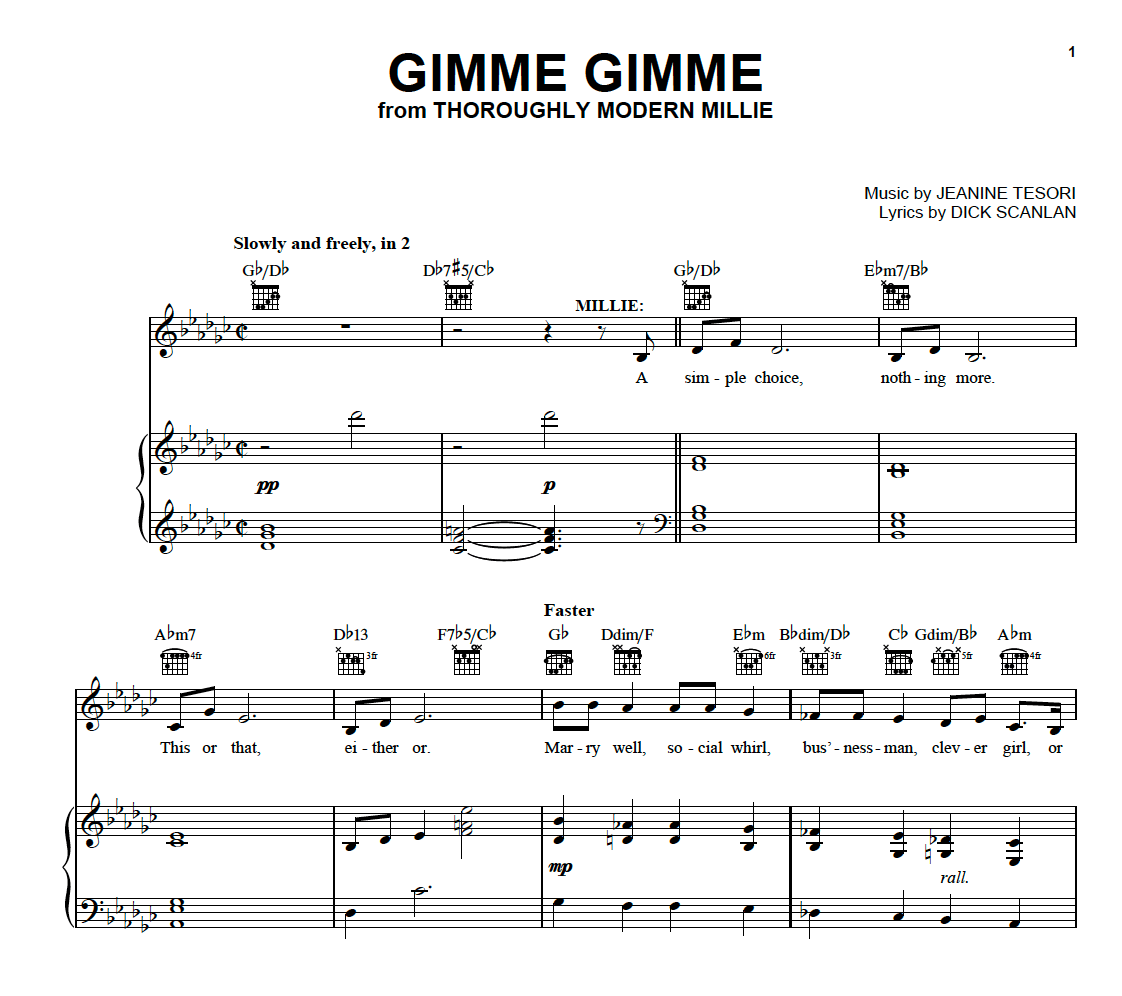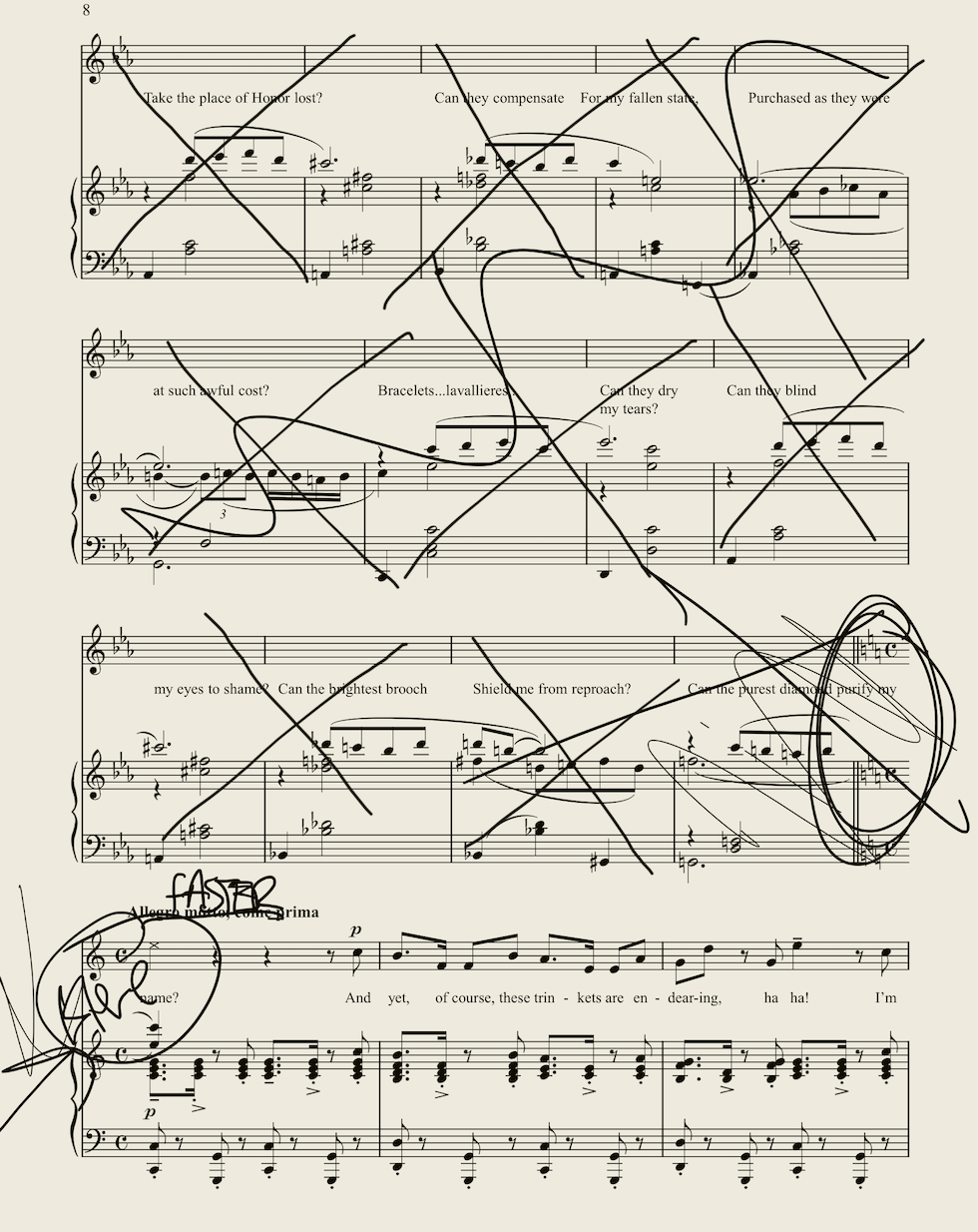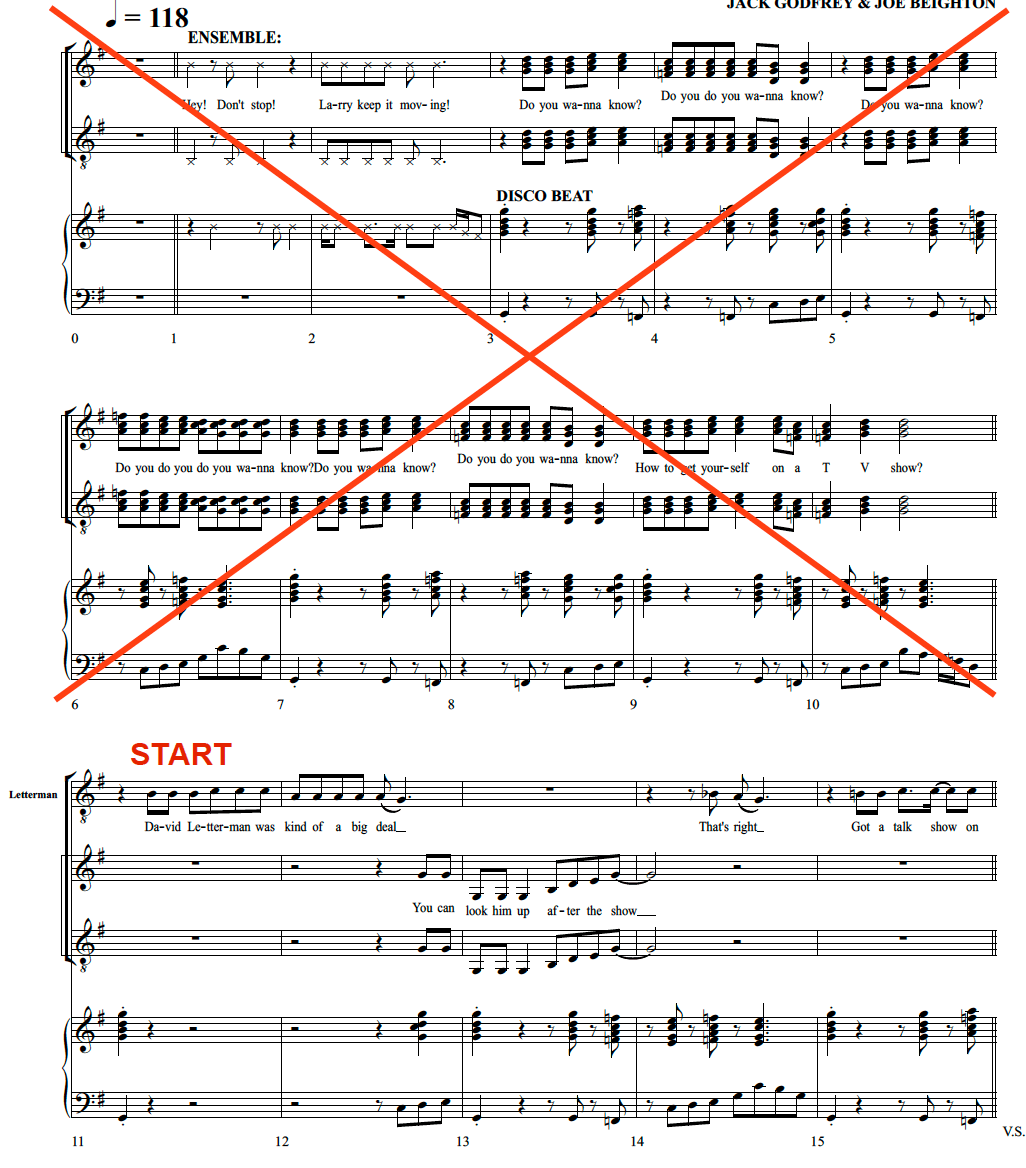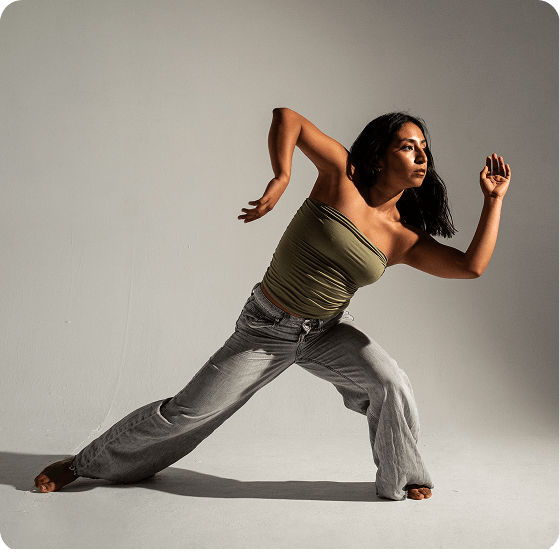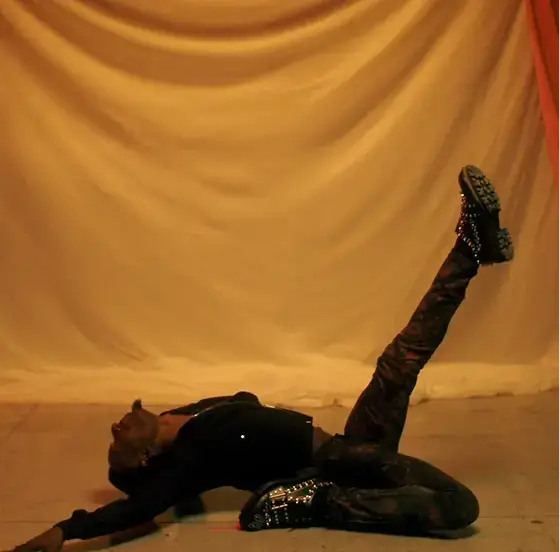If you are able to provide clear instructions to your pianist then you are setting yourself up for a much easier performance, and a much smoother audition. If your sheet music is messy or unclear, or if you are unable communicate your tempo and cuts, you are making the pianist work much harder for the same result, which could be detrimental to your audition.
I’m a Musical Director in London and regularly play for numerous auditions across West End, regional UK, and internationally touring productions. Recently I have played for auditions including Phantom of the Opera, 42 Balloons, School of Rock, Matilda, and various musical theatre colleges in London, and auditions in front of casting directors and agents.
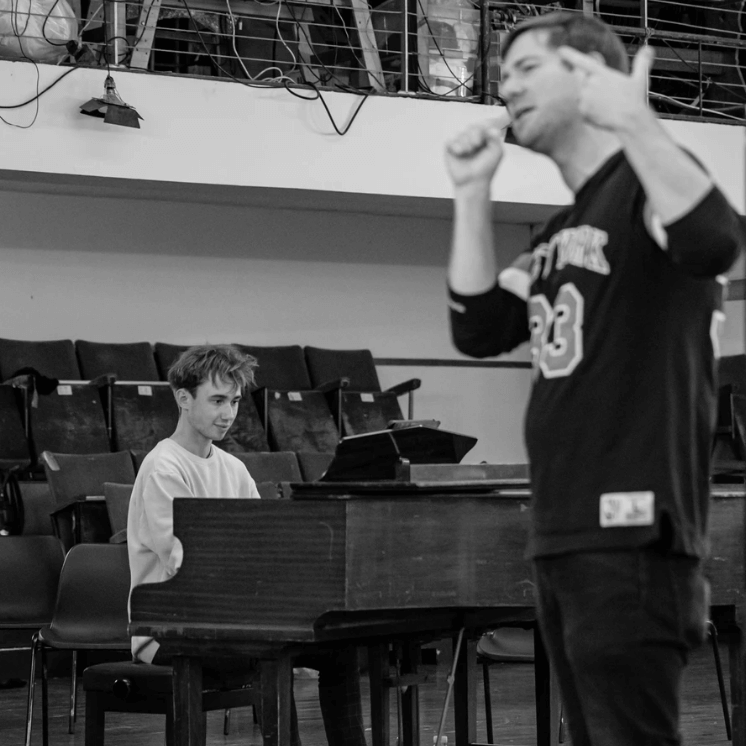
I love being able to accompany so many performers but there are always times when I am left confused by a candidate’s sheet music or manner.
Choosing the right audition song
An audition is a chance for you to show off your ‘tool kit’: your voice and your acting ability.
You should think less about finding the ‘perfect’ song and focus more on a finding song that showcases your singing and acting talent.
Of course, it shouldn’t be too far removed from the show (for example, you wouldn’t sing If I Loved You, a legit classic, for a contemporary show like Hamilton) but you don’t need to find a song that exactly matches the character you’re auditioning for. That’s what recalls are for when they give you songs from the show.
Where can you find sheet music?
There are many sites to find sheet music on. You’re often in luck if you simply type the name of the song and ‘sheet music PDF’ into your web browser but I also recommend investing in a Scribd subscription. It’s not much per month and you can split the cost by sharing an account with friends.
Scribd is a free online library and has a plethora of musical theatre scores. There are of course other ways to find sheet music, including purchasing it from sites such as musicnotes.com or photocopying physical copies.
Examples of sheet music
Whatever song you choose and wherever you find it, the sheet music should be at a professional standard. I often see amateur transcriptions of songs (Example 1), or ‘easy piano’ arrangements of numbers (Example 2). The song should be written for piano and voice and be laid out neatly and clearly. (Example 3)
Difficult rep
I’ve often heard singers say “I’ll never bring anything by Stephen Sondheim or Jason Robert Brown to an audition: the music is too tricky for a pianist”.
There is some reason in this: yes, the music is tricky! However, a lot of that music has existed in the musical theatre repertoire for over 25 years, and (personal opinion alert!) I think that’s enough time for audition pianists to figure out how to play those songs.
If your music is extremely tricky but not well known then you do risk having a pianist who is completely unprepared to sight read something so difficult. (I have been in this situation where I’ve been given a song from a musical I’d never heard of before and it be an absolute roast on the fingers.) If you know your sheet music is hard it’s not a bad idea to take it to the audition, but it’s also not a bad thing to have a back-up, as you never know who might be playing for you that day.
How to decide on your cut
"16-bar" vs "32-bar"

You are rarely expected to sing a full song in an audition. Sometimes you will be specifically told to bring a 16-bar, 32-bar, or 1-minute cut of a song, but more often than not you will just be asked to bring ‘a cut’.
As I’ve already mentioned, you want to show off your tool kit of singing and acting, so your cut should include the parts of the song that show off your range as an actor and singer.
Select the best section of the song
There’s no ‘one size fits all’ audition cut, since the variety of musical theatre repertoire is vast, but there is always an effective way to cut down a song to a perfect audition-sized chunk. The audition cut may not make complete dramaturgical sense. The audition panel will understand you’ve had to make cuts so they won’t expect the lyrics and storytelling to be as seamless as if you were performing the song in its entirety.
For example, you may start at the second verse (completely removing the introduction, first verse and first chorus), or you may choose to sing the beginning section of the song and then cut all the to the bridge that builds to the big ending.

Time changes and key changes in auditions
A lot of musical theatre repertoire has a key change at some point in the song (or in the case of Legally Blonde, one of my favourite musicals, about 10 key changes per song). It is therefore quite likely that an audition cut will cross from one key to the other.
It’s always worth checking in with a musical director, pianist or musician about this as sometimes an abrupt key change can be difficult to pull off well. It’s like starting a sentence in English and finishing it in Spanish: sure, it might make sense to you and the person you’re talking to, but it could equally feel abrupt or become confusing.
Similarly, if the song has lots of tempo or time changes, you should also check in with how they will function in the context of an audition cut. Make sure you always have a note bash or recording of your cut if you’re not sure as you don’t want any nasty surprises in the audition room!
Marking the sheet music
When marking up your audition cut your aim is to be as neat and clear as possible.
- Avoid messily scribbling out sections and opt for clear lines to cross out the music (use a ruler!). We’re often told to use pencil on sheet music but you can absolutely use a pen as it can be clearer to read and to follow.
- Feel free to signpost the important moments of you cut using the words ‘START’, ‘CUT’ and ‘FINISH’. You can even use an arrow to point at sections of the music.
- Or you could colour code: highlighting the last bar line of your cut, and highlight the bar line that you cut to in the same colour. If are cutting entire pages from the song then you should get rid of them completely: you don’t need to give anything superfluous to the pianist.
- Some songs have repeat marks, where whole sections of the song get repeated more than once. It’s a very good idea to mark in the music whether you plan to do the repeat or not, and make sure to verbally confirm it with the pianist.
- Some songs have even bigger repeat sections such as ‘DC al Coda’, ‘DS al Coda’, and ‘Coda’ sections. (I’ve explained what these words mean in the glossary at the end, but check in with an MD, pianist or musician how best to get around them in an audition cut. )

It’s a horrible shock when you get to page five of a song and suddenly there is a repeat marking that hasn’t been marked or discussed. In that split second, I have to make a decision: do I turn all the way back to the first page to do the repeat? Or do I plough on through to the next part of the music? I have a 50:50 chance of getting it right, and if I get it wrong I risk messing up your audition…!
How to present the sheet music
When it comes to how to present your music there are two camps in the pianist world:
- Those who prefer taped pieces of paper
- Those who prefer the music in folders.
It’s really down to personal preference, and as long as your music is neatly presented and clear then you are all good to choose whichever you prefer.
- Like Goldilocks and her porridge – not too cold and not too hot – your folder shouldn’t be too thin or too thick but should be just right. A thin or flimsy folder risks falling off the stand if isn’t sturdy enough, whereas as an overly thick or heavy folder risks the exact same fate for weighing too much. Sometimes a really thick folder just won’t fit on the music stand altogether.
- If you are going for a smaller, lighter folder, I would definitely recommend putting some blank paper (or other songs in your repertoire*) in the folder, as well as the song you’re planning to sing, to weigh down the folder and stop it falling off the piano.
- Try to avoid giving pianists ring-binder folders as they make turning the page quite difficult, especially if they’re sight-reading!
- The paper should be sturdy enough to stay upright on a piano or music stand without falling over. Thin paper or really crumpled sheet music will often fall off the piano, or even risk being thrown across the room during a page-turn (this does actually happen: you don’t want the pianist to accidentally throw the music at you mid-song!) Definitely consider reprinting your sheet music if it is an old copy.
- Where the pages are taped together, you should tape the entire spine of the paper. I see a lot of people tape just the centre or just the top and bottom. Unless you tape the entire spine you, once again, risk the paper becoming unstable on the music stand, and entirely throw-able during page turns.

In the audition
How to explain tempo and cut
An audition is your time.
There is no need to whisper or apologise – you should explain your tempo and cuts clearly and confidently. You can pick up the sheet music, point to things on the page, check that the pianist understands what you mean, and tap out the rhythm.

There is no rush to give your tempo: if you rush this part of the audition you risk accidentally setting the tempo faster than you actually want it. So, take a breath, and feel empowered to instruct your pianist how you want the song to go. You are duet partners for the next five minutes after all.
What happens if I mess up?
I repeat: the audition is your time.
If you mess up and want to stop then by all means stop, but be prepared to instruct the pianist exactly where you want to pick up the song from, and be ready to get on with it fairly quickly. If you’re beyond about 20 seconds in I personally wouldn’t go back to the start, I’d choose another lyric to re-start from. Don’t make a fuss, just keep it professional and controlled.
Auditionees almost always thank the audition panel at the end of the audition, but so many forget to thank the pianist. I bring us back to my first point: the pianist is your duet-partner.
Regardless of how well you think your audition went, you just had a professional musician perform alongside you for a couple of minutes without any rehearsal, so it is very courteous to thank them for their playing and their time.
And finally, remember to take your sheet music with you, your pianist doesn’t need another copy of I Could Have Danced All Night to take home with them.
My final advice for auditions
- Clarity is the most important thing when making and marking an audition cut, and when explaining it to a pianist.
- An audition is your time, and you should feel empowered to make sure you and your pianist feel confident with the duet you are about to perform.
Whenever, wherever, and whatever your next audition is, I wish you the best of luck!
Glossary - Sheet music terms
Audition
A scheduled appointment where you present yourself to a group of people who are casting a musical, play, opera, film, commercial or TV show. They will often ask you to bring something specific to sing or act, or it may be a dance audition where they teach you a section of a dance routine. If the audition goes well you may be invited back to a ‘recall’ where you will be asked to prepare songs or scenes from the specific show. Some casting processes have multiple rounds of recalls which can go on for weeks
Arrangement
The way in a song has been musically presented on the paper. For example, you could have a ‘jazz arrangement’ of the song Somewhere Over The Rainbow, where the song has been adjusted to sound jazzy. Equally, a ‘bad arrangement’ of a song could be anything where it sounds ‘wrong’ to what you might expect to hear. These are harder to identify without the help of a musician.
Coda
The end section of a song. Some songs don’t have an official Coda section. They often only appear in songs which have a lot of repeated sections.
D.C. al Coda – (Da Capo al Coda)
If you see this written you are to go all the way back to the beginning of a song and repeat the music until the music says ‘To Coda’, at which point you skip forward to the Coda.
D.S. al Coda – (Da Segno al Coda)
If you see this written you are to go all the way back to the segno (the sign) of a song and repeat the music until the music says ‘To Coda’, at which point you skip forward to the Coda. The segno looks like this:
Cut
Cut – a shortened version of a song, specifically made for an audition purpose. It should cover as much of the song as possible within the parameters given (eg. 16-bars, 32-bars, 1-minute, 2-minutes, verse-and-chorus- etc.)
Dramaturgy
The theory and practice of dramatic composition. If a song makes ‘dramaturgical sense’ it means that the drama, text and story behind the song make sense and aren’t confusing to an audience.
Key
The notes of the scale that a song revolves around. This is usually either a major or a minor key. For example, some songs are in C major, but others are in E minor. Each key uses different notes and sound distinct from each other. A lot of keys share notes, but sound different from each other due to which notes are most important.
Key change
When a song moves from one key to another. It can be a very exciting or dramatic effect in any song. Beyoncé’s Love On Top famously has a key change every chorus at the end of the song. It’s important to be aware of any key changes when making an audition cut as if you change-key suddenly it can sound strange or jarring.
Legit
An older style or sub-genre of musical theatre. Widely considered to be musical theatre songs written up to the mid-1960’s, but it can also include any song that is sung in a more light and ‘classical’ style.
For example, Carousel, My Fair Lady, Phantom of the Opera, The Light In The Piazza.
Tempo
The speed at which a passage of music should be played. Often written in beats-per-minute (eg. 120bpm). A song can go through multiple tempos if it slows down or speeds up. It is important to consider these tempo-changes when making an audition cut.
Time change
Some songs have four beats in a bar (like most pop-songs), some songs have three beats in a bar (like all waltzes), some have 2, 5, 6 or 7 beats in a bar. Like a key change, if your audition cut suddenly jumps from one to another it could potentially feel messy.
Transcription
A typed-up copy of a piece of music. If a piece of music exists on paper it has been transcribed by somebody. Often by professional publishers or by the composer themselves, but also frequently by other professional musicians or even amateur musicians who wish to play the song themselves. Amateur transcriptions can often contain errors.



